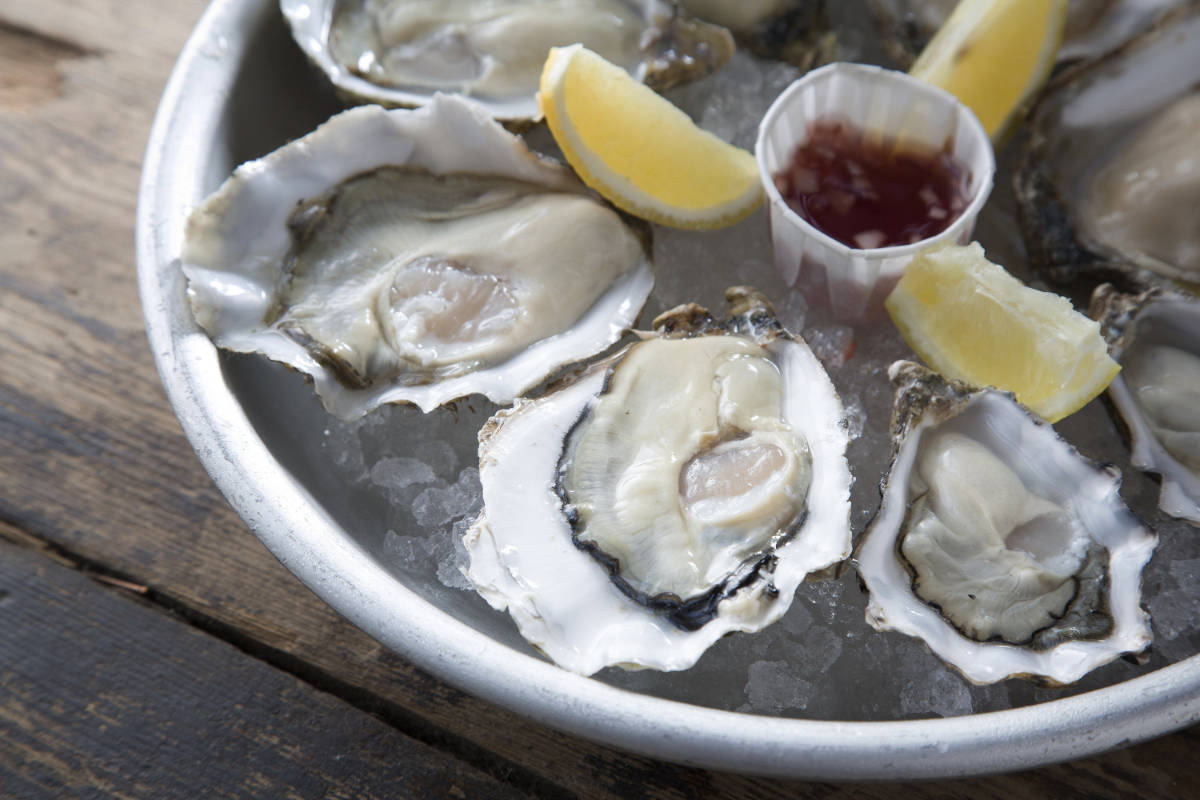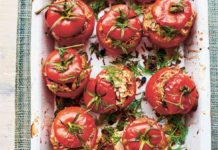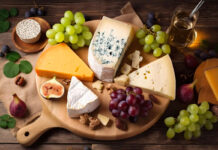Slimy and briny, or the preserve of Mad Men-types dispatching dozens of oysters and bottles of champagne over long business lunches? Love ’em or loathe ’em, oysters come with a certain amount of cultural baggage.
But as native oyster season is back in action (it runs from September to April – yes, the months with an ‘r’ in them, the saying is true) it’s time for your annual reminder that there’s more to these slippery bivalve molluscs than Tabasco and not knowing how to knock them back in one.
James Green, who runs the Whitstable Oyster Company and has a degree in marine biology and a masters in sustainable agriculture (“I’m pretty interested in oysters”) answered our questions…
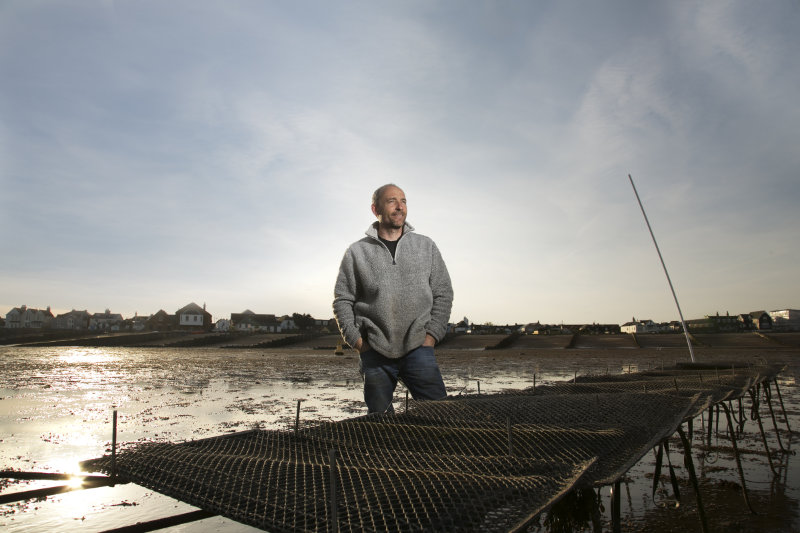
Why does native oyster season run from September to April?
“That’s because the native oysters spawn in the summer, and are not in very good condition,” says Green. “When oysters spawn, it uses all their energy, so the meat content isn’t very good.” By September, they’re in tastier shape.
What oysters can you have for dinner all year round?
“The rock oysters we farm,” says Green. “Most people who eat them, they’d think of a rock oyster rather than a native oyster now.”
What’s the difference between rock oysters and native ones?
“The native oyster has a firmer texture, and it’s quite a strong taste, it’s very minerally, especially ones in Whitstable, they’ve got a metallic taste to them,” says Green.
“I would say, for people who are starting to eat oysters, the rock oyster is probably their preferred option, because in actual fact, they’re a little bit of an acquired taste, the native oyster.
“Even though they’re exactly the same genus – they’re both bivalve molluscs – they’re very different,” he adds. “The native oyster probably takes five to six years to grow, the rock oysters on our farm take just over two years.” In theory you could eat them younger than that, they just wouldn’t be very big he explains. “There’s not a size limit on rock oysters because they’re farmed, there is a size limit on native oysters.”
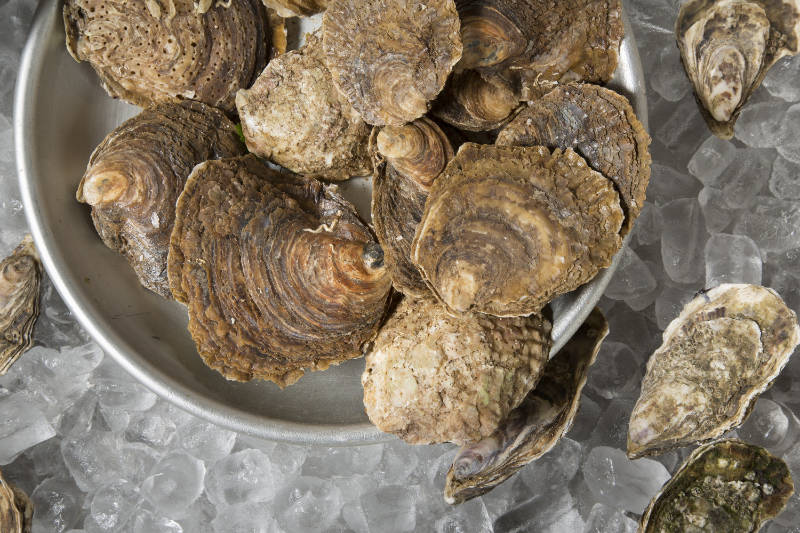
Are people increasingly eating oysters?
“[There’s been a] big resurgence in people’s interests in oysters – we’re selling 10-15% more oysters every year, because people are interested in where their food comes from, and they’re interested in the sustainability credentials of what they’re eating. Oysters tick an awful lot of boxes in relation to that,” notes Green.
“They’re good for you, they’re a sustainable source of animal protein – and there’s not many of those about.”
What are the benefits in terms of sustainability?
“Oysters are filter feeders, there’s no inputs regarding feed, or antibiotic treatments, and younger people are interested in that. The profile of people eating oysters now isn’t older, it’s mostly [people in their] 20s and 30s. People have made a conscious decision to eat food that is good for them and good for the environment.”
How do you prefer your oysters?
“Just as they are, on their own,” he says matter-of-factly. “Anything that encourages people to eat oysters is a good thing, and I eat deep fried oysters as well, but if I had a choice, I’d have half a dozen oysters and a glass of dry white wine. Ha ha.”























































